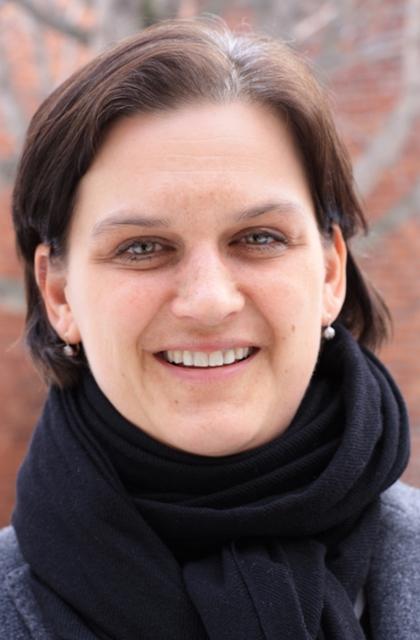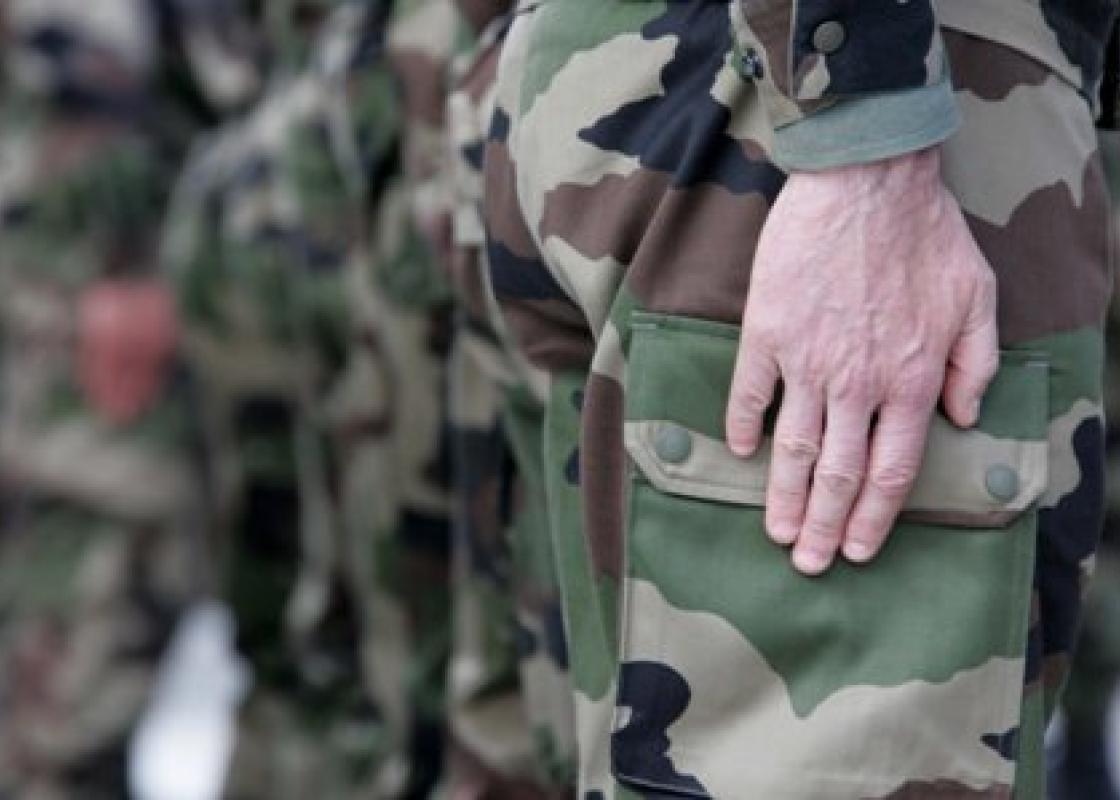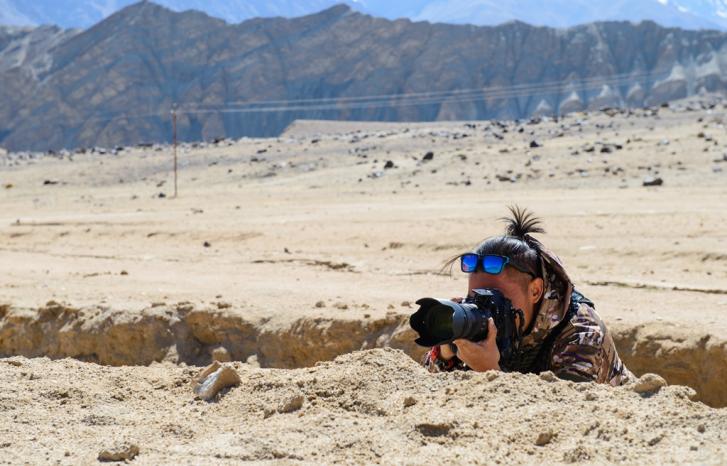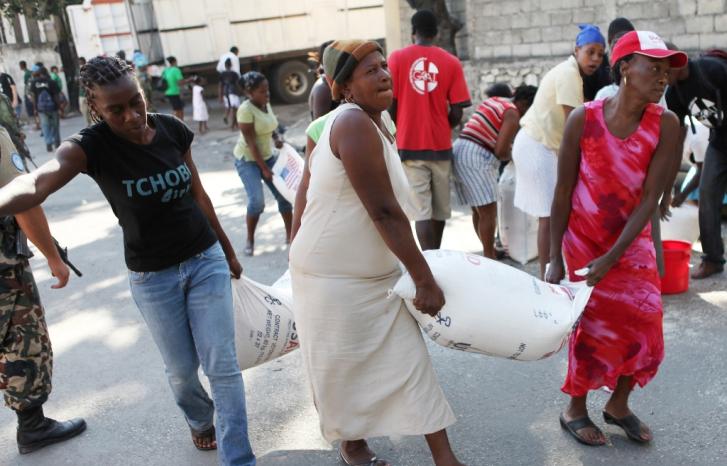“Sexualized violence in wartime is rarely committed on direct orders. In most cases the perpetrator has a choice. The question is why he makes the choice he does. What message does the person send by committing rape as opposed to, for example, cutting off a limb?”
This is the question raised by Inger Skjelsbæk, a researcher at the International Peace Research Institute, Oslo (PRIO) who wrote her doctoral thesis on Bosnian victims of sexualized violence. In her post-doctoral project she is turning her attention towards the perpetrators.
“Up until now the focus has been mainly on the victims, both from researchers and from the UN and other aid organisations. This is of course important and appropriate. But the entire problem stems from the men who commit the atrocities. We have very little knowledge about them,” says Skjelsbæk. She plans to study 27 perpetrators from the wars in the former Yugoslavia, both through the decisions of the international criminal tribunals and through interviews with the men themselves.
Great need for knowledge
The recent political attention is creating an enormous need for more knowledge about this field in general, explains Skjelsbæk. When she began her work in 1998 on sexualized violence during wartime, neither researchers nor anyone else paid much attention to the topic. This has changed radically.
This year marks the ten-year anniversary of the passage of UN Security Council Resolution 1325 on Women, Peace and Security, and the point at which the issue of gender was introduced into what Skjelsbæk calls the “hard” security discourse. During the past decade the UN has dramatically escalated its efforts to combat sexualized violence during times of war. In June 2008 the Security Council unanimously passed Resolution 1820, which places sexualized violence on a par with the use of other weapons in armed conflict. Resolution 1888, which requires all parties to an armed conflict to protect the civil population against all forms of sexual assault, was adopted last year.
“Unlike in the past, the UN is now emphasizing the need to prosecute sexual assault. Sexualized violence is finally being recognized as violence, and is not seen as a form of amusement,” says Skjelsbæk.
“Now we need knowledge about the similarities and differences between sexualized violence in various contexts. Even though this form of violence is widespread throughout many conflicts in the world today, effective measures to combat it depend on knowing how the phenomenon plays out in the specific contexts.”
Why use the body as a weapon?
So far, Skjelsbæk has gathered and systematized information about who the assailants are and where they are located, which is demanding and time-consuming work in itself. The next step is getting the men to talk. She is prepared for this to be a difficult task.
“The topic is undoubtedly taboo, and it is quite possible that many of the men will not be interested in being interviewed. By the same token, it is conceivable that some will feel the need to defend and explain themselves and thus decide to talk,” says Skjelsbæk. Among those found guilty of committing these assaults, about half the men have admitted guilt and remorse, and this is the group that might be willing to talk. The researcher will find this out in the coming months.
The choice to become a perpetrator, and the meaning the men ascribe to their actions, will play an integral role in Skjelsbæk’s study.
“The usual explanatory models used in psychology are most likely inadequate when applied to wartime rape. My point of departure is that the assailants are normal men who end up in extreme situations because war is extreme in many ways. Men are suddenly surrounded by new rules, unfamiliar people and extreme hierarchies. Of course, all of this has major implications for their identity as well as their actions,” explains Skjelsbæk.
The brutalizing effect of war is well documented in the scientific literature. Skjelsbæk emphasizes, however, that the recognition that “war makes people do bad things” is in itself not an explanation for sexualized violence.

“The question of why some men choose to use their own body as a weapon rather than the gun they have been issued with remains unanswered,” the psychologist asserts. As mentioned previously, she does not believe that in most cases they are merely following orders.
“The role of military leaders is usually that they tacitly accept the assaults. Direct orders to commit sexual assault did occur in the Bosnian conflict, but not to a large extent. In my study on the assailants we might get an idea of how common this was,” says Skjelsbæk.
“A key aim of my study is to gain an understanding of the system underlying the assaults. It is important to get an overview of the degree to which the assailants were part of paramilitary groups or other military constellations, and where and how the assaults took place – whether it was in prison camps, in people’s homes, in public places and whether it was individuals or groups that committed the assaults.”
Gang rape and hypermasculinity
Many of the assaults in Skjelsbæk’s study were gang rapes. In other words, the assaults were not carried out in secret nor was an attempt made to hide them.
“One point of gang rape may be that several people know about it. The men can use the assaults to show off for each other and prove that they are real men. Many men likely feel enormous pressure, and refusing to take part in the assault may be risky.”
Skjelsbæk relates rape as a display of masculinity to what she calls “militarized hypermasculinity”.
“A common mechanism in wartime is that gender differences become polarized. Men become hypermasculine and women often represent what men are supposed to protect: civilian lives, their homes and future. Militarized hypermasculinity is very often associated with aggressive sexuality. Whereas one’s ‘own’ women and children must be protected, the women and children of the ‘others’ become dehumanized representatives of the enemy,” explains Skjelsbæk.
Different contexts, different forms of assault
Skjelsbæk expects that the assailants’ motives will vary widely. The victims she interviewed for her doctoral thesis told stories of very different forms of assault.
“For instance, one victim told about a young man in her neighbourhood who joined a paramilitary group and came back and kept her prisoner in her own house. He made sure there was a guard on duty outside her house and raped her regularly over a period of time. In this case the personal relationship was important because for the victim it was extremely humiliating and insulting that a much younger person, whom she had known since he was little, assaulted her in this way. She felt that he was motivated by personal revenge,” explains Skjelsbæk.
“In other cases, like the woman who was gang raped more times than she could count during her three months in a so-called rape camp, where many women were raped over a period of time, the personal relationship plays less of a role. She has no idea who the rapists were, and for them she was probably just a random representative of the ‘others’ women’,” says Skjelsbæk.
Gender denotes boundaries
Gender relations in peacetime are the key to understanding sexualized violence in wartime,” asserts Skjelsbæk.
“Officially there was gender equality in Tito’s Yugoslavia. Women participated in public life, worked and sent their children to pre-school. At the same time, gender differences remained in the private sphere; here gender equality was neither the ideal nor the practice. Likewise, ethnic differences were downplayed in the public sphere but maintained privately. Many of the practices that denoted ethnic differences were the duties that women were responsible for. These were related to, for example, cooking, making coffee and traditions in connection with childbirth, as Tone Bringa (1995) described in her research. This is vital knowledge for understanding how assaults against women became such an integral part of the ethnic conflict,” says Skjelsbæk, and adds:
“But I’m eager to learn whether the assailants recognize themselves in this analysis. How salient were ethnic relations when the men decided to commit sexualized violence?”
Similarly, events that occurred during the war have had an impact on gender relations in subsequent years.
“In the years immediately following the war, a great deal of attention was directed toward sexualized violence, both in the media and society at large. The UN and a number of organisations have been involved, and crisis centres and other support services for the victims have been established. At the same time, the presence of international forces has led to an increase in prostitution and trafficking,” says Skjelsbæk.
“Many people view this as a vulgarization of gender relations and, perhaps most importantly, as a problem that was ‘imported’ from the international community. As a result, we are seeing the rise of religious groups that are placing new restrictions on women’s roles and bodies. For example, many women in the Croatian-dominated areas are finding that access to prevention and abortion has become more limited due to the growing influence of the Catholic Church. Women in Bosnian-dominated areas describe other restrictions. For instance, they are not permitted to be alone with men in the public sphere due to the increasing influence of Muslim groups.”
The rise of religion is also related to the crucial role that ethnicity plays in Bosnian society.
“While ethnicity was ‘invisible’ in Tito’s Yugoslavia, it is a guiding principle in today’s Bosnia. Ethnic representation is laid down in the constitution and consequently the respective religions have gained a more prominent position.”
Translated by Connie Stultz
Inger Skjelsbæk is a psychologist and a senior researcher at the International Peace Research Institute, Oslo (PRIO). She is currently working on the project Why Rape? Perpetrator, Punishment and Social Narratives. The empirical focus of the project is on perpetrators of sexual violence from the war in Bosnia, more specifically perpetrators who have been sentenced by the ICTY (The International Criminal Tribunal for the former Yugoslavia).



